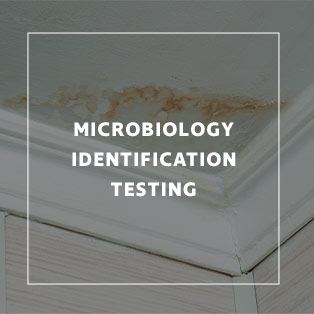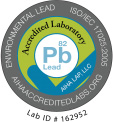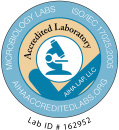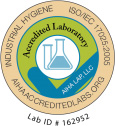 SanAir operates a state-of-the-art microbiological analysis laboratory, based outside of Richmond, Virginia. This facility is equipped to analyze viable and non-viable air, bulk, and direct surface samples.
SanAir operates a state-of-the-art microbiological analysis laboratory, based outside of Richmond, Virginia. This facility is equipped to analyze viable and non-viable air, bulk, and direct surface samples.
We offer a complete line of analytical methods and lab testing for the determination of mold and bacteria from bioaerosol, surface, and bulk material samples. Our mold and bacteria testing lab is dedicated to superior customer service and maintaining high standards for mold sampling results and laboratory analysis. Please view our mold testing laboratory protocols. Our laboratory is accredited and offers prompt mold testing results and online analysis.
SanAir can help develop and ultimately provide custom sampling protocols based on specific client needs, for either individual or any combination of microbiological constituents.
Viable Air Sample Analysis includes quantitative and qualitative assessment of fungi and bacteria using Andersen impaction or filtration air sampling techniques and viable culturing methods. Reports include identification to the genus and/or species level, calculated values representing colony forming units per cubic liter of sampled air, and visual comparison of outdoor versus indoor microbial concentrations.
Total Air Analysis (Air-O-Cell, Allergenco-D, Micro-5, Cyclex-d) includes quantitative and qualitative assessment of fungal spores and environmental particles using direct light microscopy methods. Reports include identification to the genus level, calculated values representing spore and particle concentration per cubic meter of sampled air, and visual comparison of outdoor versus indoor microbial concentrations.
Direct Microscopy Analysis includes qualitative assessment of fungi using direct light microscopy methods. Samples may include tape preps, bulk material, swabs, filter cassettes, or contact plates. Reports include identification to genus.
Viable Bulk or Swab Analysis includes quantitative and qualitative assessment of bulk material and surface swabs for fungal or bacterial content. Reports include identification to genus or if possible the species level, and calculated values representing colony forming units per gram for bulk material and colony forming units per square inch for swab samples.
Click here for our Sampling Protocols.












